HOW TO GET RID OF POWDERY MILDEW
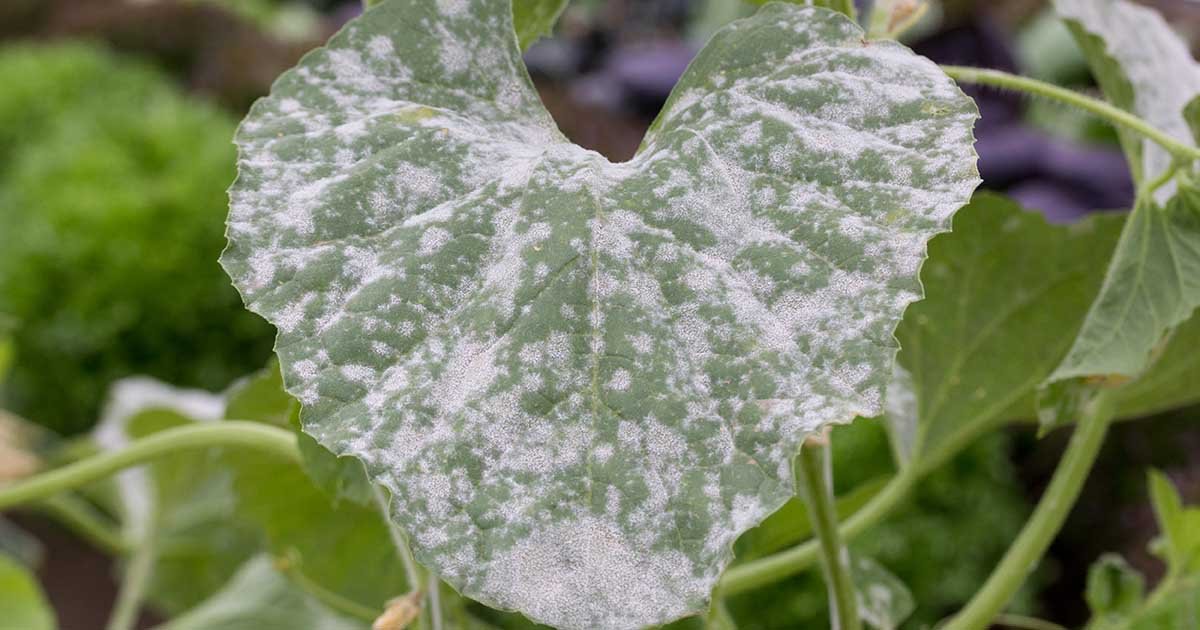
WHAT IS POWDERY MILDEW?
Powdery mildew is a common fungus that affects a wide variety of plants. It is easily identified and appears as light grey or white powdery spots usually found on infected leaves, but can also be found underneath, or on stems, flowers, fruit, or vegetables. The spots spread and will eventually cover most of the leaves on the plant, with new plant growth being most susceptible.
Powdery mildew thrives in warm, dry climates; however, it also needs fairly high humidity. Not enough sunlight and poor air circulation also contribute to conditions that encourage powdery mildew.
If left unchecked it can eventually cause serious harm to your plants by robbing them of water and nutrients. Most infections cause minor damage such as leaves turning yellow or becoming withered or distorted, but plants can also become weak, bloomless, and grow slower.
HOW TO PREVENT POWDERY MILDEW
Here are some things you can do to control powdery mildew before it occurs:• Thin out existing susceptible plants to improve airflow within the plant.
• Maintain adequate spacing between plants and keep them far enough away from walls and fences to ensure good air circulation and help reduce relative humidity.
• Locate plants in proper sunlight according to their needs.
• Maintain healthy plants by removing dead or diseased foliage.
• Disinfect pruners or shears after use on infected plants. Because new growth tends to be more susceptible, be careful to not over-fertilize and cause a rush of new foliage.
• Treat regularly with an organic fungicide that contains sulfur as the active ingredient. This can be used as a preventative measure as well as treatment for existing powdery mildew. • When shopping for plants, choose varieties with increased resistance to powdery mildew.
HOW TO TREAT POWDERY MILDEW
• Trim or prune: Remove the affected leaves, stems, buds, fruit, or vegetables from the plant and discard. Some perennials can be cut down to the ground and new growth will emerge. Do not compost any damaged or diseased foliage as the spores can spread and persist in the composted material. Disinfect pruners and all tools after using on infected plants.• Spray Organic Fungicide: Agnastham/Agnastram works like wonder for Powdery Mildew. Every alternative day mix 40ml of Agnastham with 1 liter of water and spray this magic solution on the plants 3 times a day.
• To Strengthen: Plants can become weak, bloomless, and grow slower when infected with powdery mildew, to boost the strength of your plants spray Vermiwash, 20ml mixed with 1 liter of water.
• Neem oil: By itself, Neem oil has mixed reviews on its effectiveness to treat powdery mildew, but one can try if your plant is not severely infected.
SUSPECTABLE PLANTS
Essentially, there aren’t any plants that are completely immune to some form of powdery mildew, including vegetables, roses, trees, and shrubs.There are some plants that are more susceptible to powdery mildew than others, such as:
Begonias- Sunflowers
- Chrysanthemums
- Dahlias
- Roses
- Zinnias
- Melons
- Zucchini
- Squash
- Lettuce
- Cucumbers
- Potatoes
- Parsley
- Pumpkins
- Grapes
- Peppers
- Tomatoes


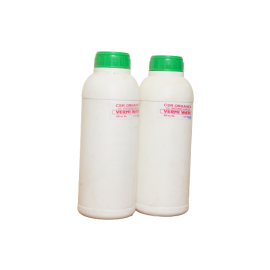
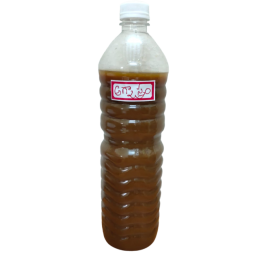
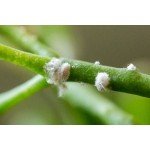
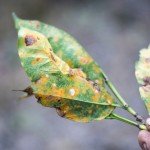

Leave your comment